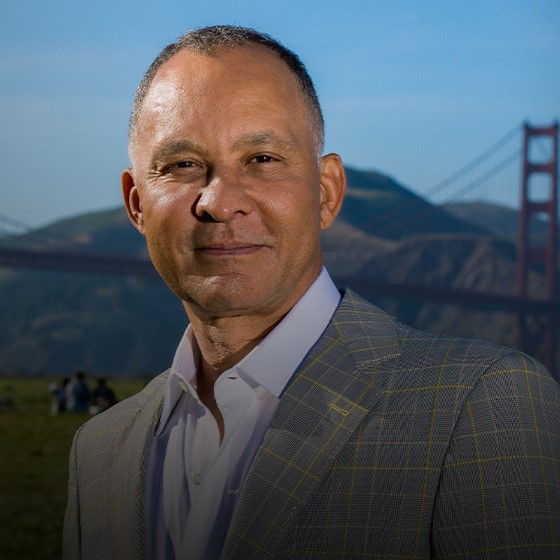Gynecomastia is a condition where male breast tissue becomes enlarged, causing the appearance of male breasts. Enlarged breast tissue can be extremely embarrassing for men, especially in social situations like the beach or pool. If you’re experiencing mental distress because of gynecomastia or are considering gynecomastia surgery, you’re not alone. Although many men opt for gynecomastia surgery (or male breast reduction surgery) as a way to manage and remove excess breast tissue, lifestyle modifications for gynecomastia can also be an ideal solution. However, knowing more about gynecomastia and the specific changes that can produce noticeable results is key. Here’s what to know about managing gynecomastia symptoms and how an experienced plastic surgeon such as Dr. Miguel Delgado can help you explore your treatment options.
Healthy Diet Recommendations
Gynecomastia is often tied to a variety of health factors like diet and hormones. In fact, eating a balanced diet can have many different health benefits, including treating gynecomastia. It can be helpful to consider switching to a gynecomastia diet to maintain the results of your procedure or help reduce symptoms. As with any dietary changes, however, make changes slowly and don’t try to overhaul your diet all at once. Adjust the following accordingly:
Reduce Estrogenic Foods
Certain foods have higher levels of estrogen-rich compounds which can contribute to male breast development through misbalancing hormone levels. These tend to include foods rich in soy (such as soy milk), saturated fats, and flaxseeds. Instead, incorporate more lean proteins, fruits, vegetables, and whole grains into your nutritious diet. Additionally, processed foods are notorious for containing high levels of estrogen-rich compounds, so try to enjoy these in moderation.
Increase Fiber
Fiber is key for digestion and also plays a role in hormonal imbalances (one of the common causes of gynecomastia). Try to find sources of fiber that you enjoy and can incorporate daily. Good sources of fiber include whole grains, legumes, and leafy greens, as well as certain fruits and vegetables.
Exercise Recommendations
Exercise is key when it comes to gynecomastia because it can help reduce body fat and the appearance of male breast development. Focus especially on toning the chest muscles and incorporate exercises that bring you to a healthy weight, if you’re not already. Keep in mind that body changes can occur slowly when it comes to exercise, so consistency is key. Whether or not you already exercise regularly, consider the following changes to your schedule:
Cardiovascular Exercises
Cardio exercises are designed to increase your cardiovascular health as well as burn excess fat as energy. Some of the most effective cardiovascular exercises for losing weight include swimming, running, or cycling. It’s recommended to get at least 150 minutes of cardiovascular exercise of moderate intensity per week, or at least 20 minutes per day.
Chest Exercises
An important accompaniment to any exercise regimen is weight training. Focus on exercises that target the chest muscles to increase muscle mass and reduce fat. These exercises include push-ups, chest presses, and dumbbell flys. Make sure to incorporate good sources of protein into your diet to support muscle growth.
Lifestyle Changes for Gynecomastia
Gynecomastia may be tied to health changes, but there are a variety of causes including lifestyle factors. In fact, other lifestyle changes can help reduce the appearance of gynecomastia and glandular tissue. These include:
Weight Management
If your gynecomastia is related to fat, then it may be helpful to lose weight. Make sure to focus on a healthy lifestyle and sustainable changes to your diet and exercise regimen. By losing fat tissue, you may also reduce hormonal fluctuations that can contribute to breast development. With a little long-term dedication, you can achieve more average breasts and better confidence – and prevent weight gain that may cause male breast enlargement to come back.
Clothing and Outfits
Your choice of clothing can exaggerate the appearance of gynecomastia, meaning taking stock of your wardrobe can help. Look for well-fitting clothing and consider having your wardrobe tailored to minimize the appearance of breasts. Additionally, look for shirts with thicker fabrics, layers, or patterns to better conceal your chest and create a more masculine chest contour.
Medications and Drugs
Certain medications can produce enlarged breasts (sometimes by affecting estrogen levels) meaning that switching medications can sometimes produce results. Make sure to consult your physician before making any changes. Secondly, illicit drugs can also produce gynecomastia symptoms – as can alcohol consumption. Stopping these lifestyle choices can often treat gynecomastia without the need for surgery.
Underlying Health Conditions
There may be an underlying cause that is unknown to you, meaning treating underlying health conditions can sometimes produce results. Hormone imbalance may cause excess estrogen and thus enlarged breast gland tissue, meaning you may be able to resolve gynecomastia through hormone therapy. Testing your testosterone levels and whether it may be playing a role in developing gynecomastia can be a good first step in your treatment plan.
Schedule a Consultation
There are many causes of gynecomastia and a board-certified plastic surgeon is often the best place to start. During a consultation, you can discuss your many treatment options and learn more about the impact that gynecomastia has on many men. To meet with Dr. Delgado, San Francisco’s leading gynecomastia expert, contact us today through our online form.

